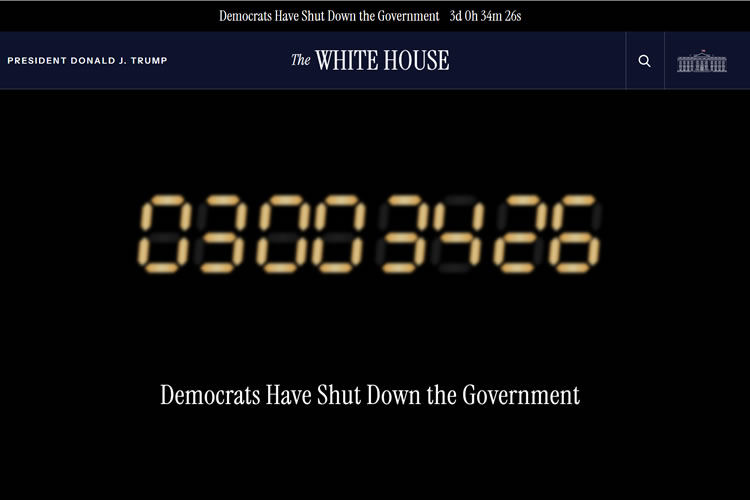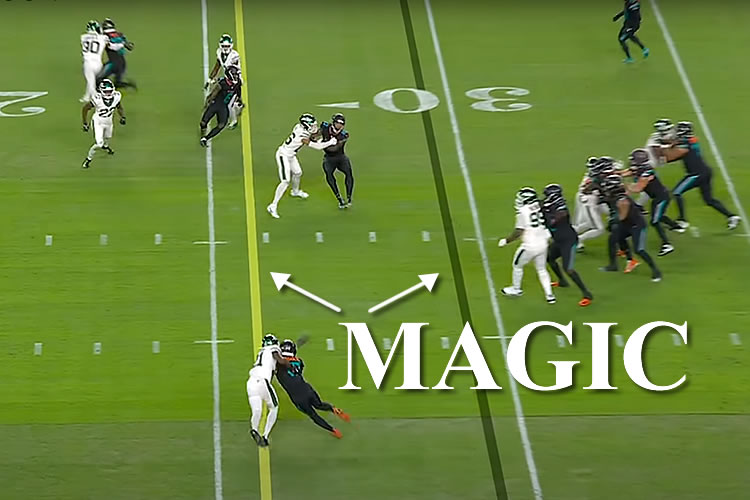What happened
Security researchers and Samsung have confirmed a critical “zero-day” vulnerability, tracked as CVE-2025-21043, in Samsung’s image-handling software. A zero-day means the flaw was already being exploited by attackers before a fix existed — leaving ordinary users exposed with “zero days” to prepare.
This particular bug lives inside libimagecodec.quram.so, a system library that helps Samsung phones display pictures. Because it sits deep inside the system, the flaw can be triggered when a phone simply tries to preview or create a thumbnail of a malicious image. That gives attackers the ability to run their own code on the device — what experts call remote code execution.
In plain terms: an attacker could send a photo that looks normal, but when your phone tries to open or even preview it, the hidden exploit code could take over. Samsung confirmed the bug was already being abused “in the wild,” meaning real attackers weren’t just experimenting — they were actively using it against people before the patch became available.
Who’s affected
- Samsung Galaxy devices running Android 13, 14, 15, or 16 that haven’t yet received the September 2025 Security Maintenance Release (SMR).
- Any app that relies on the system’s image decoder — messaging, email, web browsers, even the Gallery app that builds thumbnails — could be a delivery vector.
- Because images are easily shared, even a meme forwarded by a trusted friend could carry the exploit without them realizing it.
What Samsung has done
Samsung issued a fix in its September 2025 SMR, now posted on its security bulletin. The patch closes the hole in the Quram image codec.
However, Samsung doesn’t send updates directly to most users. Updates flow first to carriers like Verizon, AT&T, and T-Mobile for testing and approval. Only after that does your phone get the “Download and install” notification. That extra step means some customers get patches quickly, while others wait weeks or even months.
You can see if you’re patched by checking your Android security patch level under Settings → About phone → Software information. If the date says anything earlier than September 2025, your device is still exposed.
What you can do while you wait
For many users, there’s no way to “force” the patch before carriers release it. Until then, the best you can do is reduce your exposure:
- Turn off auto-download and auto-preview of images in WhatsApp, Google Messages, Samsung Messages, and email apps.
- Be cautious with unexpected or forwarded pictures, even from people you know. If something seems out of context, confirm with the sender before opening.
- Watch your device’s behavior: sudden battery drain, unexplained data usage, or new apps you didn’t install can all be warning signs.
- Back up important data (contacts, photos, documents) in case you need to factory-reset your device after a suspected compromise.
- Check manually for updates in Settings → Software update. Sometimes updates appear there before your phone’s nightly auto-check notices them.
🍁 Make a One-Time Contribution — Stand Up for Accountability in Vermont 🍁
What to watch out for
Red flags that may point to compromise include:
- High background data use or sudden spikes in battery drain.
- New apps appearing without your knowledge.
- Your device crashing or rebooting right after receiving a photo.
- Strange permission prompts or pop-ups unrelated to what you’re doing.
If you suspect your phone has been targeted, switch to airplane mode immediately, back up critical files, and consider a factory reset. For sensitive cases, contact your carrier or a trusted technician.
Why this matters
This is not the first time Samsung’s image-handling code has been targeted. In 2020, researchers at Google’s Project Zero documented a similar “zero-click” MMS flaw in the same vendor’s codec. The recurrence shows how image parsers remain a weak point: attackers love them because images are universal, easy to share, and often opened automatically.
The bigger issue is the carrier bottleneck. Google Pixel devices and iPhones get security patches directly from the vendor; Samsung customers are stuck waiting for their carrier to approve and push updates. That lag creates a dangerous window where attackers know a flaw exists but millions of phones can’t yet install the fix.
Final word
CVE-2025-21043 is serious because it can be triggered without you clicking “install” or downloading an app — just by viewing or previewing a picture. Samsung has shipped the patch, but your carrier controls when you see it. Until the September 2025 patch level shows up on your phone, treat images with caution, disable auto-preview where you can, and keep an eye out for suspicious behavior.
Share this warning with friends and family. The more people know, the fewer chances attackers have to exploit this window before carriers finally catch up with Samsung’s fix.
Dave Soulia | FYIVT
You can find FYIVT on YouTube | X(Twitter) | Facebook | Instagram
#fyivt #Samsung #AndroidSecurity #ZeroDay
Support Us for as Little as $5 – Get In The Fight!!
Make a Big Impact with $25/month—Become a Premium Supporter!
Join the Top Tier of Supporters with $50/month—Become a SUPER Supporter!










Leave a Reply